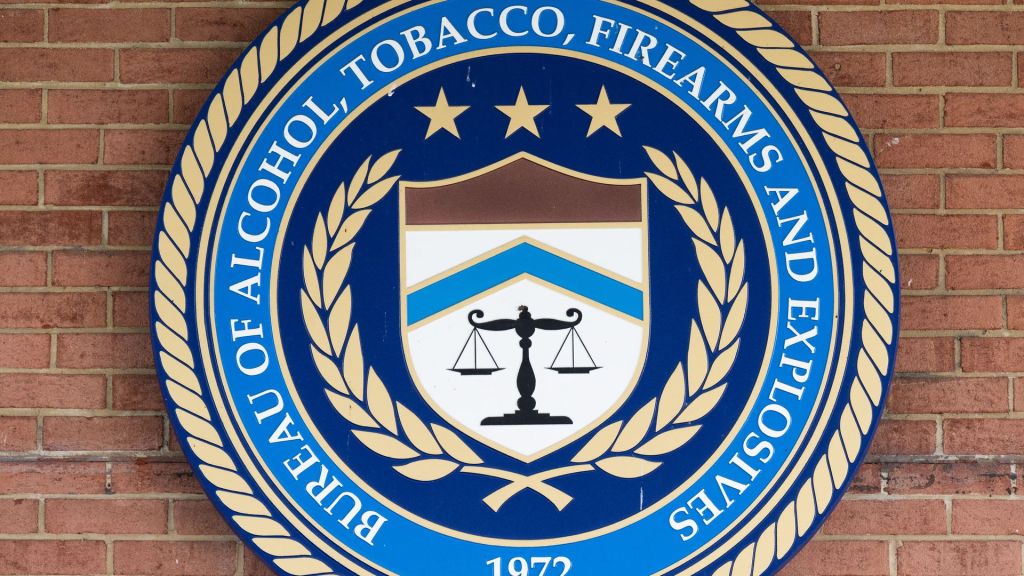
Simone Del Rosario: We all learned mitochondria are the powerhouses of cells, but did we learn about credit scores or how to file taxes? California just became the 26th state to require high schoolers to take a personal finance class to graduate. This mandate is wildly popular, but it’s taken the country a long time to come around to it. A Next Gen Personal Finance report said five years ago, only five states had the same requirement. So how much will this curriculum change move the needle as kids prepare to support themselves? I’m joined by Maya Corbic. She’s an author and financial literacy expert. You may know her on Instagram as @Teach.Kids.Money and that’s exactly what we’re trying to do. Maya, first of all, I wanted to get your reaction to this California law and others like
Maya Corbic: Well, first of all, thank you so much for having me here, Simone. Yes, I think that’s fantastic news. We’ve been waiting for this for a long time. And I’m actually excited to see that more states are actually making financial literacy part of their curriculum. I think it’s a long time. We’ve needed this for a long time.
Simone Del Rosario: One class, you know, it’s better than nothing. Is it enough, though?
Maya Corbic: I don’t think it’s enough. I really feel like this is something that should be part of our curriculum from early grades, like including kindergarten all the way until the end of high school. I feel As somebody who has been teaching financial literacy to kids, I do find that sometimes we have to repeat certain lessons because they forget and we also have to make them applicable to real life. Another thing too, you know, these financial literacy curriculums do not cover. There are some lessons such as, you know, talking about investing and how to invest so that we can become financially free. And, you know, They don’t really go into details of debt and credit scores and some other lessons, but something is better than nothing.
Simone Del Rosario: What do you know about what is going into these courses and can you expand more on what’s missing from them?
Maya Corbic: I do know for sure that financial literacy that’s currently be introduced in schools is not covering the basics of investing and all different aspects that we should be teaching our children when it comes to investing. And investing is really important because we cannot only save our way to wealth. Saving is a first step to investing because we need to save some money in order to invest it. But if we’re only saving our money, there is a huge difference in terms of return, especially if we’re looking at long time, So as somebody who’s the same amount of for 10 years versus investing the same amount of money for 10 years, the results are drastically different.
Simone Del Rosario: Yeah, I find myself to be a pretty financially savvy person, right? This is obviously part of what I do for a living. But I always catch myself wishing that I knew things just a little bit earlier. mean, even five years earlier could make such a big difference. That said though, research from NextGen Personal Finance and Titan Partners found that in this California case, that the California students who take a one semester course experience a $127,000 lifetime positive benefit. It sounds to me like the way that you do things, there could be so much of a bigger lifetime benefit, but would you say that this is a good start?
Maya Corbic: I definitely think it’s a great start. It’s much better than what we had before.
Simone Del Rosario: And you said that we should be teaching kids as soon as kindergarten. What do you teach kindergartners about money?
Maya Corbic: So what I have been teaching kindergartens about money is just the basics. Kindergartens are smart enough and they can understand the difference between needs and wants. They understand that needs are things we need for survival. are nice to have, but we don’t need them for survival and that we should spend our money on needs first and wants. They’re too young to understand that some things that we buy can be a mixture of needs and wants. So that’s something that I teach much later on. But they can also understand, you know, different currencies and different monetary denominations that we have. So they’re really smart to also pick up on habits too. If, for example, parents are giving them allowance and the habits, what I mean by habits is for them to learn that, you know, as soon as they get some money that comes in, they need to take a portion and save it. And this is a habit that they can practice into later years so that when they become adults, this is just something that they do
Simone Del Rosario: I know you’re in Canada. Is the public education system there more advanced when it comes to teaching kids about finance?
Maya Corbic: I wish I could say this, but it’s not. We as well had some changes, recent changes, and some of the financial literacy curriculum was introduced to our schools at a high school level. Again, I don’t know all the details, but again, it seems like it’s a good start. It’s just not covering enough. I feel that the parents will have to, you know, pick up wherever the school stops and teach the additional lessons that the schools do not teach.
Simone Del Rosario: And at least here in the United States, nearly half of these states have yet to take up this type of curriculum change. Now, what would be your message to those states that aren’t taking this step.
Maya Corbic: I think my message would be that they really seriously need to consider this because this is something that is going to benefit their citizens, the next generation, and it can make the next generation that much better off, their lives can be better off, and then the generations that will come after them. So it is definitely in their interest to do this for the benefit of these young people.
Simone Del Rosario: And for people who are wanting to learn more about how to get started, taking things into their own hands to teach kids about money, let them know where they can find you.
Maya Corbic: So I am available on Instagram. post daily. I post a lot of tips for parents on how to educate kids about money of different ages. And my Instagram handle is teach .kids .money. I also have a book that actually teaches kids investing. It’s called From Piggy Banks to Stocks, The Ultimate Guide for a Young Investor. And that book is available on Amazon.
Simone Del Rosario: Maya Corbic, thank you so much for your thoughts today on this.
Maya Corbic: Thank you so much, Simone.











